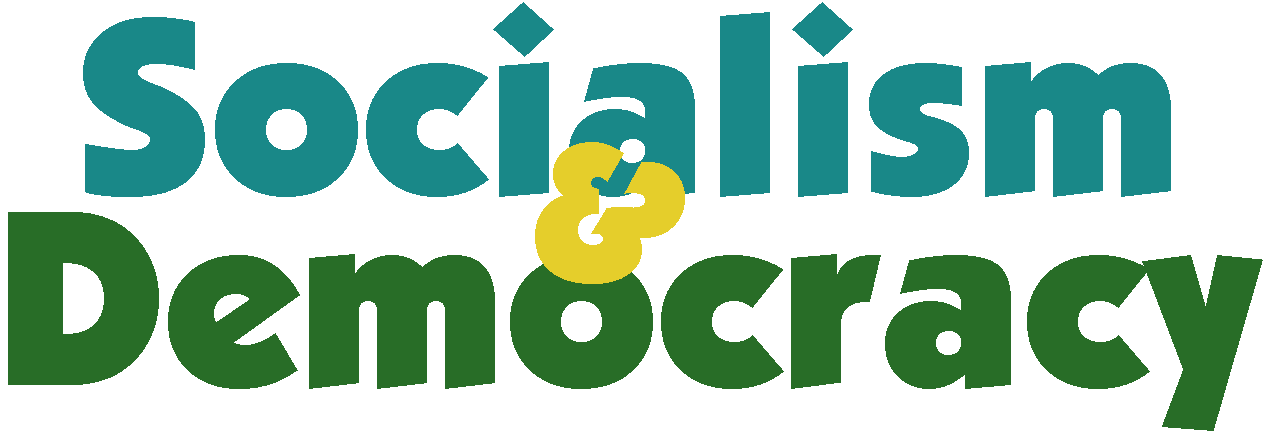Casey Blake, ed., The Arts of Democracy: Art, Public Culture, and the State (Philadelphia: University of Pennsylvania Press, 2007).
This collection of essays explores the negotiations between artists, citizens, and the government in their effort to define public art in the 20th century. The essays are multidisciplinary, covering the fields of history, art, sociology, and law. With the founding of the National Endowment of the Arts (NEA) in 1965 as its central historical moment, the essays cover the late 18th century until the mid 1990s.
Several themes undergird the collection. First is the tension between quality and quantity—between cultural elitism and cultural democracy. With finite resources, the NEA was torn between nurturing the interests of its small but powerful elite constituency and cultivating a more heterogeneous mass audience. Second, the Cold War and the Soviet Union loom large. Government cultural decisions are linked more to anti-Soviet/pro-US propaganda than to cultural enrichment for its own sake. Third, and most significant, is the role of the NEA in defining the post-WWII aesthetic of art and public culture. The NEA crystallized in a singular institution all that the American government wanted to convey to the world; by the early 1990s this meant everything that conservative elements in society found abhorrent in liberal elitism.
These themes emerge from a somewhat unique choice of subject matter. Previous authors have highlighted the effects of government policy on cultural industries such as film and television (Starr 2004) and the role of private institutions in shaping high culture (Levine 1988). But the role of government institutions has been given short shrift. This is unfortunate, as we learn from the present collection that what most Americans view as legitimate visual art is the art that has been chosen and promoted by the NEA.
Lack of emphasis on government institutions is understandable to some degree. Analysis of cultural production has been dominated by the antagonism between market interest and artistic purity, or the constant battles between classes and cultures in defining legitimate art (Gans 1999; Bourdieu 1984). Such topics, loaded with questions about racism, sexism, and capitalism, are on the whole sexier than government policy. But these issues, although touched on here in essays about Middle America’s embrace of Norman Rockwell and about Duke Ellington’s comments on the marginalization of jazz and African-Americans, are not central to the present collection.
There is another reason why government institutions are, on the whole, overlooked. Government funds are seen as beneficent, or at the very least benign, social influences on the art world. Liberal elements in society are loath to criticize what are generally considered socially progressive institutions. However, it is clear from these essays that the government employed art as a tool for US propaganda outside the country, and pushed a conservative Modernist art aesthetic within it.
Even with the acknowledgment that the US government has been at times a constraining factor, the aforementioned themes – the antagonisms between cultural elitism and cultural democracy, the preoccupation with the Soviet Union, and the crucial role of the NEA – collectively bring into sharp relief the importance of public art as a means for fostering a democratic way of life. Public art is a visual loudspeaker, offering marginalized groups an opportunity to articulate alternative views and understandings of the world. This characteristic of public art is touched on frequently with essays discussing such topics as religious iconography and mass protests. To the degree that these forms of expression are stifled by bourgeois elites or the private and public levers they have the ability to pull, democracy suffers.
Several instances are highlighted in which cultural elites attempted to control the public sphere. Cultural elites monopolized media outlets that determined which art was legitimate and worthy of public display. This is illustrated most clearly in a piece that explores the attempts by critics who dominated the “high art” periodicals to devalue the work of Norman Rockwell while he simultaneously cultivated a large and devoted working class fan base. Also, the NEA appointed members who fit their upper-class conservative agenda, and consequently doled out grants based upon the recommendations of these board members. This second point is illustrated by the rejection of a young and gifted Susan Sontag because the NEA board members found her anti-war (Vietnam) stance unbecoming.
The repeated encroachments of cultural elites into the public sphere were beaten back by an unusual alliance of conservative middle-class citizens who railed against the NEA and avant-garde artists who refused to accept the elites’ preferred aesthetics. While these two groups diverged in their political views, they shared a desire to have their views of aesthetics accepted and supported. Sadly, this alliance may have thrown the proverbial baby out with the bathwater. Since the culture wars of the late ‘80s and early ‘90s, public funding of the NEA has been greatly reduced.
These essays force the reader to develop at least an awareness of the constant struggle for legitimacy in the public cultural sphere. The government’s role in fostering cultural inequality by supporting some forms of art and not others is given due emphasis. Yet the role of avant-garde artists and working-class Americans in pushing back against cultural elites is also highlighted. This volume forces the reader to consider the myriad forces which have influenced the trajectory of public art forms in American society.
Reviewed by Roderick Graham PhD program in sociology City University of New York RGraham1@gc.cuny.edu
References
Bourdieu, Pierre. 1984. Distinction: A Social Critique of the Judgment of Taste. Cambridge, MA: Harvard University Press.
Gans, Herbert. 1999. Popular Culture and High Culture: An Analysis and Evaluation of Taste. New York: Basic Books.
Levine, Lawrence. 1990. Highbrow/Lowbrow: The Emergence of Cultural Hierarchy in America. Cambridge, MA: Harvard University Press.
Starr, Paul. 2004. The Creation of the Media: Political Origins of Modern Communications. New York: Basic Books.

